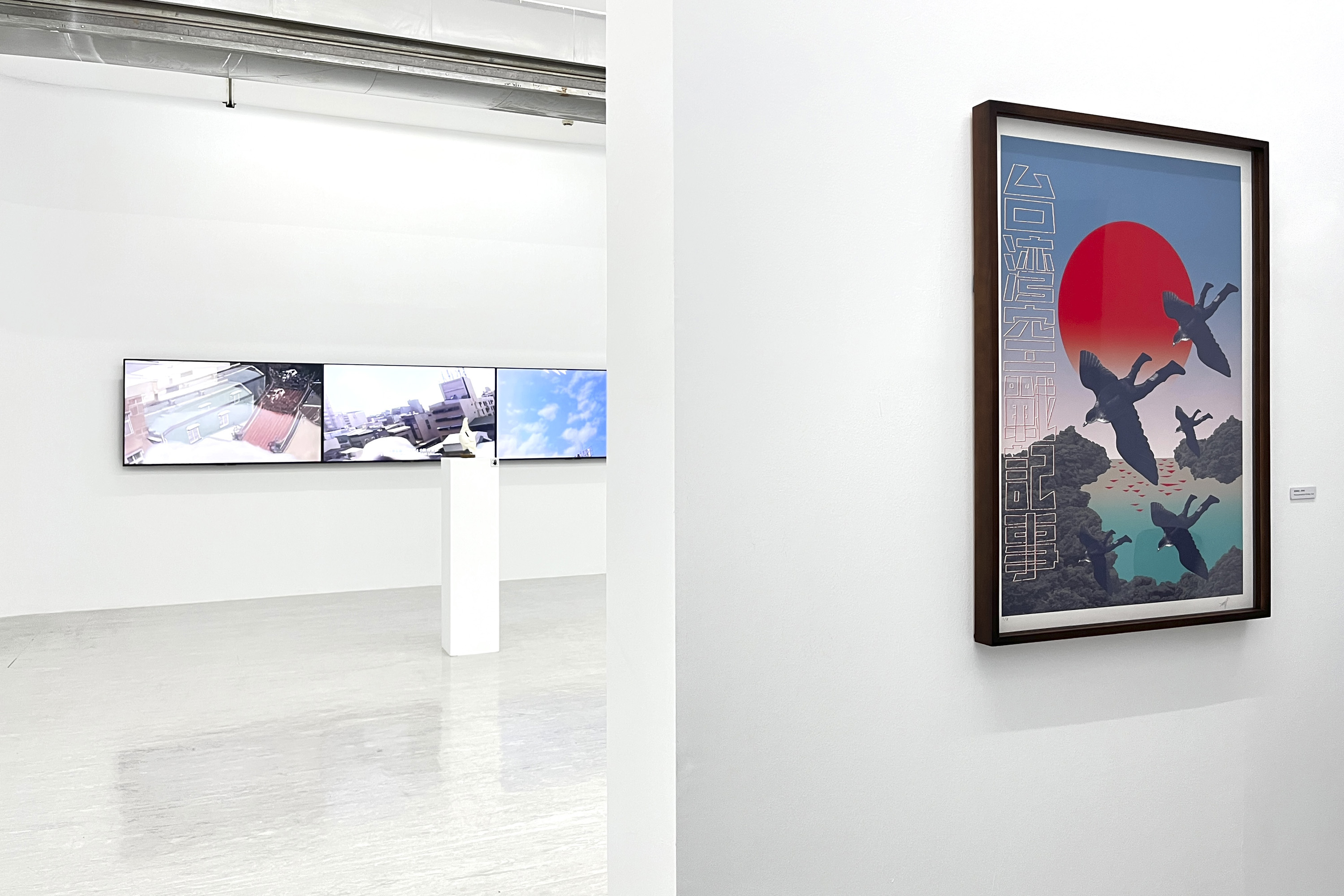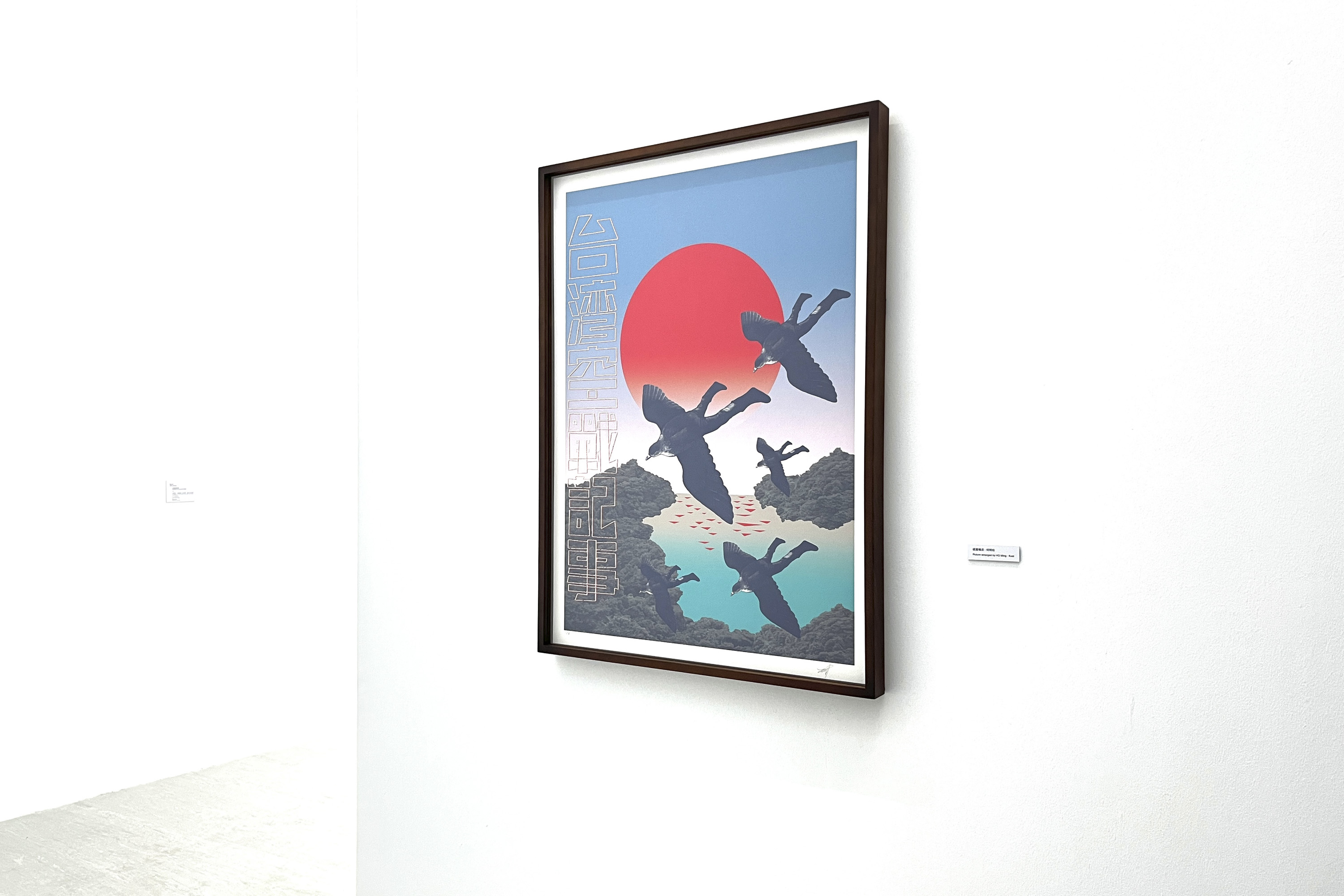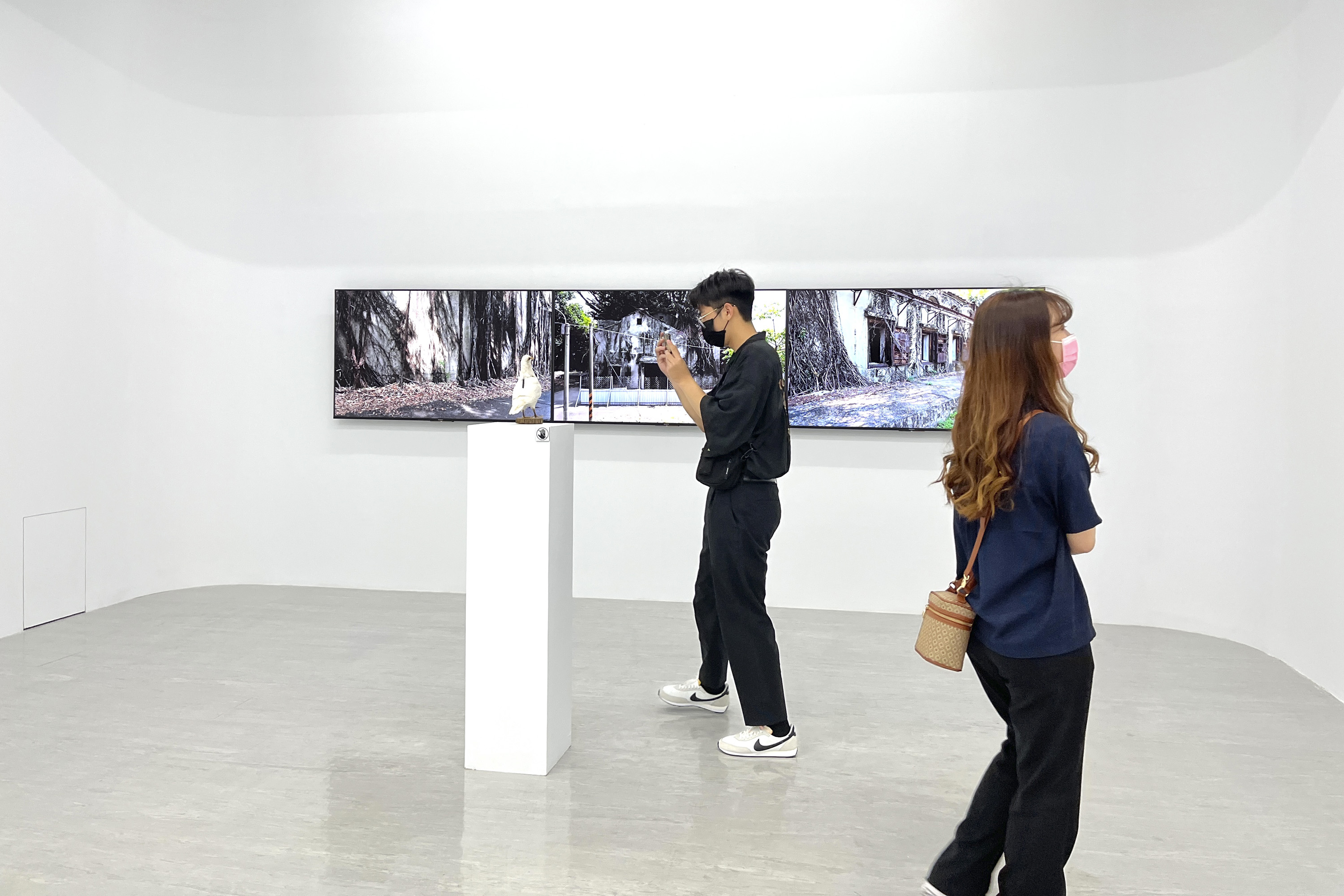覆寫真實:臺灣當代攝影中的檔案與認同
臺灣當代藝術在1990年代達到一波認同議題的高峰,許多藝術家紛紛以本土語彙重新探討歷史與認同,也因各種自由的、現代的觀念與資訊引入,對於所謂認同的理解也重新獲得解放,不再拘泥於民族國家的前現代認同,而有更多關心性別的、土地的、家庭的,與自我認同等討論面向的作品出現。認同,在臺灣當前的當代藝術實踐中,實際上被掩藏在更為聚焦且具體的創作方法論中,例如歷史改造(歷史與政治認同)、家庭相簿(家族認同)與LGBT(性別認同)等,乃至於即便是普遍被認為走在前沿的科技、數位與網路藝術中,那人機一體的未來賽博格,或近期相當熱門的元宇宙與NFT等議題,莫不觸及所謂認同議題。而這一切(如果不是全部的話)皆與「檔案(與其生成技術)」有關。
德希達(Jacques Derrida,1930-2004)在《檔案熱》(Archive Fever,1995)中從字源學的脈絡切入,認為「檔案」本身具有雙重矛盾與其兩面性:即「起始(commencement)」與「命令(commandment)」,直指檔案、時間與治理之間不可分割的原生關係。然而,這裡的起始也有兩層意義,它首先指的是檔案對於過去即緣起的記錄,但它另一方面也指的是在成為檔案之當下才起始之真正的「解放」——思想的與記憶的。也正是其與時間/歷史之間的關係,以及其所保存或建構的「真實」,檔案成為「認同」所賴以定錨的重要關鍵。作為一同樣複雜多義的辭,認同(identity)也與「真實」息息相關,對於什麼是真實、可信任者之追索過程,就是所謂認同。本展所邀請之不同世代的藝術家們,更以攝影與延伸技術重新「檔案化」他/她們所理解的「現時/現實」,呈現出彼此相異的認同線索。將本展幾個重點思考串連起來的關鍵即為「時間」
作為與立陶宛國家美術館所策劃的「揭幕:尋探立陶宛攝影中的認同」之對話展,本展並不意以編年或時序作為展覽呈現的軸線,相反地,本展將緊扣「認同」之為共同的核心命題(同時也是兩國面臨的相似困境),集結「檔案之為方法」、「反檔案」、「再檔案」,與「檔案的歷史編纂學」等創作方法與意識的攝影藝術作品,展開不同面向的認同追索。如果紀實攝影為的是揭露(uncover)真實,那檔案導向就像是以「覆蓋(cover)」作為方法來重新書寫真實;覆蓋,一方面所欲表達的是如同檔案機制一般,將事物歸檔、命名(也同時指認,identify)與保存(protect),另一方面,藝術家們又再次地以其藝術實踐來報導(covering)這些被掩蓋的事物。於此同時,「認同」也像是披覆上層層面紗般,多重,且總是逃逸的「真實」。
策展人:賴駿杰
參展藝術家:吳天章、李立中、杜韻飛、周慶輝、姚瑞中+失落社會檔案室+羅秀芝、張美陵、梅丁衍、陳界仁、陳順築、陳敬寶、黃子明、楊登棋、楊順發、鄭亭亭、藍仲軒
Covered Reality: Archival Orientation and Identity in Taiwanese Contemporary Photography
The discourse of identity reached a peak in the Taiwanese contemporary art scene in the 1990s, with a number of artists endeavouring to explore afresh history and identity in local vocabulary. Together with the introduction of various liberal and modern concepts and information, understanding of the so-called identity has been liberated and is no longer bound to the premodern identity of the nation-state. More works on gender, land, family, and self-identity have therefore emerged. In Taiwan's current contemporary art practice, identity is indeed embedded in more focused and defined creative methodologies, such as the reconstruction of history (historical and political identity), family albums (family identity) in adoption and approaches in connection with LGBT issues (gender identity). Even in areas like technology-inspired, digital and internet art, which are generally considered to be at the forefront of the industry, the future cyborg of human-machine hybrid or the recent rise of the metaverse and NFT, all, without exception, touch on the issue of identity. These practices, if not all, pertain to “archiving” (and the archival technologies that generate).
In Archive Fever (1995), Jacques Derrida (1930-2004) argues from an etymological approach that “archiving” itself embodies an internal contradiction and duality, namely “commencement” and “commandment”. It invokes at once the inseparable relationship between archive, time and governance. However, this commencement houses two meanings. It refers to, first of all, the archive as the record of the past. It also refers, on the other hand, to the real “liberation” of thoughts and memories that begins only at the moment when these depositories of the past become archives. It is also the relationship to time/history and the "truth" it preserves or constructs that makes archiving one of the key fundamental anchors of "identity". Identity, as a complex and multifaceted term, is also closely related to "truth". The probing into what truth is and who to be trusted is the so-called identity. It is impossible to talk about identity without knowing history; yet, knowing history itself is not enough. Artists of different generations featured in this exhibition use photography and extended technology to “archivalise” their understanding of “present/reality”, presenting divergent traces of identity. Whereas “time” is the key to connecting the various major notions in the exhibition.
As an exhibition in dialogue with "Uncoverings: The Search for Identity in Lithuanian Photography" curated by the Lithuanian National Museum of Art, this exhibition is not intended to present Taiwanese Photography in chronological order. In contrast, it will focus on the shared core theme of "identity", a similar dilemma faced by both countries. Photography works with various approaches and perceptions like "Archiving as a Method", "Anarchive", "Re-archiving", and "Historiography of Archiving " are brought together to explore different aspects of identity. If the purpose of documentary photography is to uncover the truth, the orientation of archives is akin to using "cover" as a method to rewrite the truth. To cover, on the one hand, manifests itself in filing, naming, identifying, and protecting, just like the mechanism of archiving. On the other hand, the artists “cover” these concealed things and incidents again with their artistic practices. Meanwhile, "identity" is veiled, in multiple layers, just like the “truth” which is also a fugitive that can never come to light.
Curator: Jay Chun-Chieh LAI
Artists: WU Tien-Chang, LEE Li-Chung, TOU Yun-Fei, CHOU Ching-Hui, YAO Jui-Chung + Lost Society Document + Sandy Hsiu-Chih LO, CHANG May-Ling, MEI Dean-E, CHEN Chieh-Jen, CHEN Shun-Chu, CHEN Chin-Pao, HUANG Tz-Ming, YANG Teng-Chi, YANG Shun-Fa, CHENG Ting-Ting, LAN Chung-Hsuan
台灣空戰記事,國立台灣美術館,台中台灣,2022
錄像、攝影、剪報、檔案文獻
尺寸依現場而定
The memo of Formosa Air Battle, National Taiwan Museum of Fine Arts, Taichung Taiwan, 2020
Video, photography, newspaper clippings, archive files
Dimensions Variable
|






